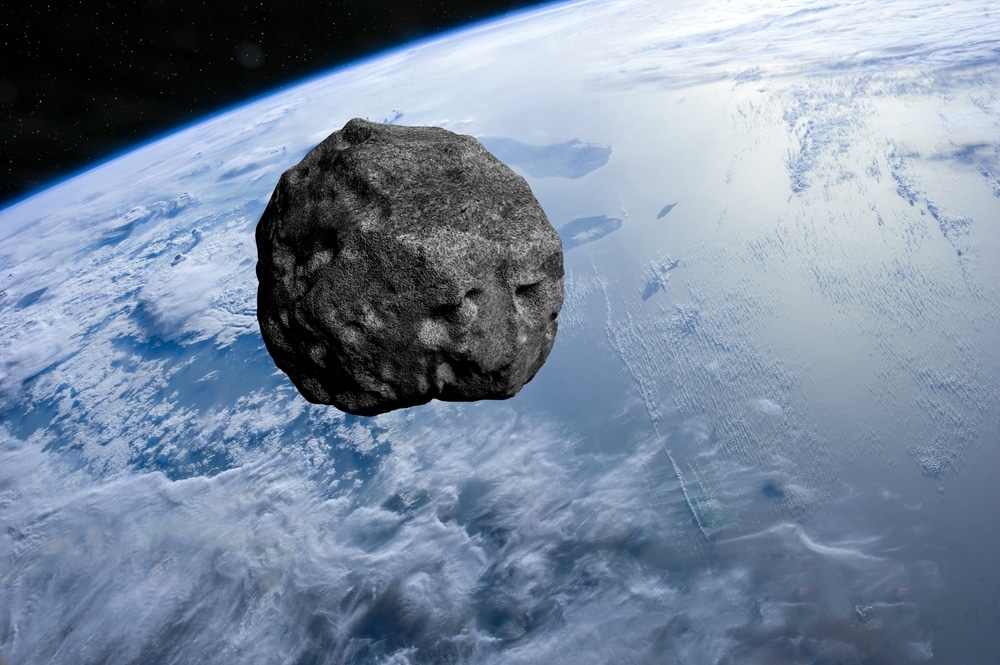China is planning its first mission to impact an asteroid in the name of planetary defense. The mission will serve a dual purpose: One craft will impact the asteroid while its partner observes the space rock to learn more about the solar system and its formation.
The China National Space Administration (CNSA) mission may have already selected its target — the near-Earth object (NEO) 2015 XF261, a nearly 100-foot-wide (30 meters) asteroid.
According to the small-body database managed by NASA’s Jet Propulsion Laboratory (JPL), 2015 XF261 last came relatively close to Earth just this week, on Tuesday (July 9), when it passed within 31 million miles (50 million kilometers) of our planet.
The space rock was traveling at around 26,000 mph (42,000 kph), roughly 30 times faster than the speed of sound. The nonprofit Planetary Society reported that this is the latest development in asteroid impact mission planning for China, a country that has recently become increasingly interested in planetary defense.
Related: 2 asteroids just zipped by Earth, and NASA caught footage of the action
The Planetary Society pointed to a recent paper in the Journal of Deep Space Exploration that discussed the proposed 2015 XF261-targeting mission.
“For China’s first near-Earth asteroid defense on-orbit verification mission, a defensive disposal demonstration will be carried out on the potential risk of near-Earth asteroids impacting the Earth,” the study states.
“The scientific objectives of the on-orbit verification of asteroid defense and its specific scientific exploration mission will be designed and proposed,” it adds.
“A scientific payload demand analysis will be carried out, and payload configuration plans and exploration mission requirements will be proposed to provide a decision-making basis for the future implementation of asteroid defense missions.”
The planned mission follows in the footsteps of a groundbreaking NASA planetary defense mission, the Double Asteroid Redirection Test (DART), which in September 2022 impacted the smaller body in the Didymos binary asteroid system.
The impact of the 1,260-pound (570 kilograms) DART spacecraft on the moonlet Dimorphos, which orbits a larger 2,560-foot (780 m) asteroid called Didymos, at 14,000 mph (22,500 kph) was deemed a success.
The impact shifted the orbit of the two asteroids and demonstrated that, with enough lead time, a kinetic impactor could divert a smaller asteroid from an impending collision with Earth.
In October 2024, the European Space Agency (ESA) will launch the Hera spacecraft to the Didymos system to further assess the impact of the DART mission. Hera is expected to rendezvous with Dimorphos and Didymos in 2026.










